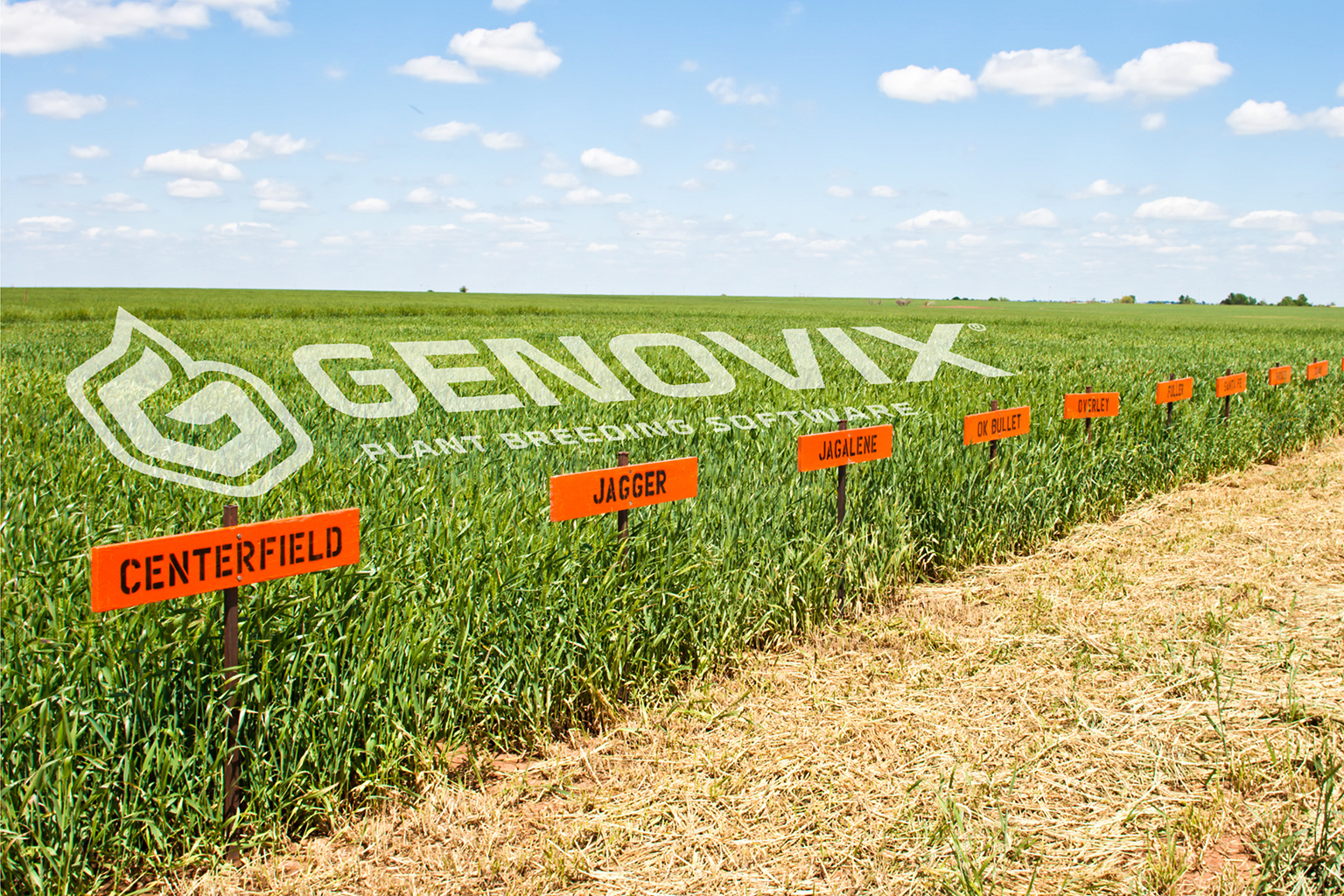

Why LATAM Plant Breeders Need More Than Excel
Latin America (LATAM) is incredibly strong agriculturally, so it’s not surprising that the world is knocking on its door. This brings opportunity, but it also brings challenges.
One of the things I’ve noticed during my many meetings with LATAM plant breeders is that 95 percent continue to use Microsoft Excel to track their data. I understand why.
Excel: A Familiar but Limited Tool for LATAM Breeders
Excel has many advantages. It’s affordable, easy to use, and allows you to organise breeding data across multiple sheets. You can sort data by genotype, traits, or other relevant criteria. It works well enough for recording phenotypic observations and even some genotypic data.
But when it comes to data analysis, Excel’s capabilities are limited. While it can help visualise general trends in genotype performance across environments, it lacks the statistical power to accurately analyse genetic variability or estimate variance components. Many breeders rely on external tools like R for advanced analyses. This often involves manually exporting and importing data between platforms, which increases the risk of human error, data inconsistencies, and inefficiencies throughout the workflow.
The Challenges of Using Excel in Plant Breeding
For many breeders and government organisations in LATAM, Excel may be sufficient for basic record-keeping and field data organisation. Few companies in the region currently engage in hybrid breeding, but this is beginning to change. Argentina, Brazil, Chile, and Mexico are already producing seed for North American companies that conduct off-season nurseries in South America during the Northern Hemisphere’s winter.
On top of that, Excel isn’t built to handle large datasets efficiently. This becomes a major problem when working with complex data from field trials, sensors, or genotyping projects involving thousands of markers. Managing multiple spreadsheets becomes unmanageable fast, and trying to find the right data across dozens of files can be frustrating. The more complex the breeding program, the more likely it is that key information gets lost—or mistakes are made that affect the quality of the analysis.
Why Specialised Plant Breeding Software Matters
There are faster, safer, and more reliable ways to collect, manage, and analyse breeding data. Specialised plant breeding software can significantly accelerate breeding programs while improving efficiency, traceability, and transparency. Most importantly, it reduces human error by eliminating repetitive manual processes and keeping all data centralised and consistent.
How Genovix Helps LATAM Plant Breeders
With Genovix® and similar tools, data is stored in a centralised database that’s easily searched and managed. Trial design, statistical analysis, selection decisions, and final reports are all streamlined—and compatible with a wide range of crops, from bananas and maize to coffee and sugarcane. You can manage seeds, clones, and cuttings, while inventories are automatically updated.
And that’s just the beginning.
Ready to Move Beyond Excel?
LATAM plant breeders deserve tools that match the region’s agricultural strength. If you’re ready to streamline your breeding program and reduce manual errors, discover how Genovix can help your LATAM team move beyond Excel.
FAQ
Q: Why do LATAM breeders still use Excel?
A: It’s familiar, affordable, and flexible, but it has limitations for managing and analysing complex breeding data.
Q: How can plant breeding software help LATAM breeders?
A: It helps manage large datasets, improves analysis accuracy, reduces manual errors, and accelerates breeding cycles.
This article is based on another of Enid’s articles first published on SeedWorld.com July 1, 2025: Revolutionizing Plant Breeding in LATAM – Seed World
Lo que sigue a leer

Recognized by the Industry: Why Agronomix Is the Trusted Leader in Plant Breeding Software
Published octubre 28, 2025

The Rise and Fall of the Work-from-Home Culture
Published octubre 14, 2025

Agronomix at 35: Innovation, Agriculture, and a Global Legacy in Plant Breeding Software
Published agosto 12, 2025

Genovix Software: Empowering Product Development in the Seed Industry
Published agosto 5, 2025